
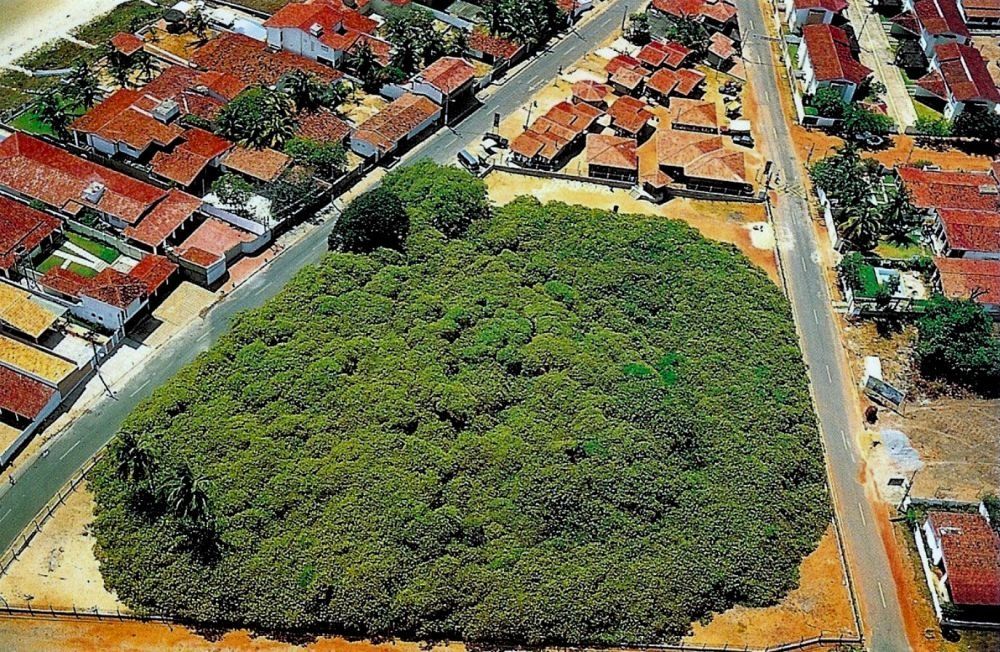
The Largest Cashew Tree in the World: A 1,000-Year-Old Marvel Covering an Area of About 8,000 Square Meters
In the enchanting northeastern region of Brazil, nestled in the town of Pirangi do Norte near Natal, lies a breathtaking marvel known as the Cashew of Pirangi. This extraordinary cashew tree has captured the hearts and imaginations of both locals and tourists alike, standing as a symbol of resilience and natural splendor. Its colossal size and unparalleled beauty make it a true treasure of the Brazilian landscape.

The Cashew of Pirangi proudly holds the title of the world’s largest cashew tree, a distinction bestowed upon it by the prestigious Guinness World Records. Spanning an astounding area of approximately 7,300 to 8,400 square meters (1.8 to 2.1 acres), this majestic tree extends its branches far and wide, creating an awe-inspiring canopy that leaves all who encounter it in awe. To put its enormity into perspective, this single tree has the equivalent size of 70 regular cashew trees and boasts a circumference of 500 meters (1,600 feet).
Beyond its sheer size, the Cashew of Pirangi is equally renowned for its remarkable age. Estimated to be over 1,000 years old, this venerable tree has witnessed the passage of countless generations, silently bearing witness to the ever-changing world around it.

Throughout the year, the Cashew of Pirangi presents visitors with its verdant green foliage, offering a soothing oasis amidst the bustling world. However, the most captivating time to behold this natural wonder is during the cashew fruit season, which typically takes place between November and January. It is during this period that the tree transforms into a symphony of vibrant colors, adorned with clusters of bright red, bell-shaped cashew fruits. Astonishingly, the Cashew of Pirangi produces approximately 60,000 cashew fruits each year!
Beyond its visual splendor, the Cashew of Pirangi holds profound cultural and historical significance for the local community. It is believed that the tree’s ancestors were brought from Portuguese colonies in Africa, serving as a testament to Brazil’s rich heritage and the diverse influences that have shaped its culture over the centuries. As such, the tree has become a symbol of pride and a source of inspiration for the people of Pirangi do Norte, serving as a reminder of their roots and the indomitable resilience of nature.

A visit to the Cashew of Pirangi is an unforgettable experience. The tree’s sprawling canopy creates a cool and serene atmosphere, inviting leisurely strolls and moments of quiet contemplation. The surrounding gardens offer a peaceful respite, allowing visitors to unwind and bask in the tranquility of nature. Moreover, a small market nearby provides an opportunity to sample and purchase an array of cashew-related products, including cashew nuts, juices, sweets, and liqueurs.
As one meanders through the shade of the Cashew of Pirangi, an undeniable connection to the natural world is forged, and a profound sense of wonder arises. This towering presence stands as a testament to the power and resilience of nature, serving as a poignant reminder of the imperative to preserve and protect our environment for future generations.


The Cashew of Pirangi, with its ancient roots firmly planted in Brazilian soil, invites us all to marvel at its magnificence, teaching us to cherish the wonders of the natural world and embrace our role as stewards of the Earth.
Recommended Videos
 The Most Dangerous Roads Around The World31574 views
The Most Dangerous Roads Around The World31574 views The vulturine guineafowl is the largest bird of the guineafowl family of birds.52124 views
The vulturine guineafowl is the largest bird of the guineafowl family of birds.52124 views-
Advertisements
 Himalayan Griffon vulture (Gyps himalayensis)287 views
Himalayan Griffon vulture (Gyps himalayensis)287 views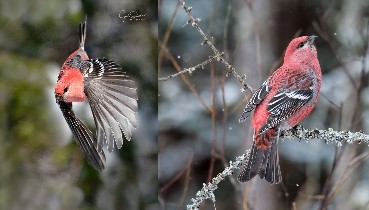 The Pine Grosbeak is a large and plump, heavy-chested finch with a round head. Its bill is thick and conical, but much stubbier than in other finch species.811 views
The Pine Grosbeak is a large and plump, heavy-chested finch with a round head. Its bill is thick and conical, but much stubbier than in other finch species.811 views 15 Funny Pictures of Birds That You’d Love To See With Your Own Eyes128615 views
15 Funny Pictures of Birds That You’d Love To See With Your Own Eyes128615 views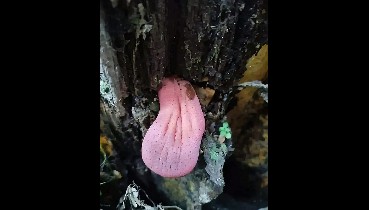 The Beefsteak Fungus, also known as Fistulina hepatica75 views
The Beefsteak Fungus, also known as Fistulina hepatica75 views The oldest tree in the world — it is 9,500 years old and grows in Sweden!2755 views
The oldest tree in the world — it is 9,500 years old and grows in Sweden!2755 views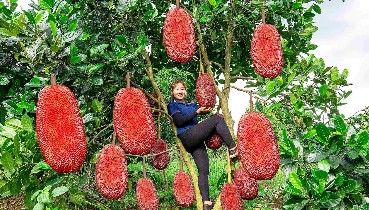 Unveiling Vietnam’s Astonishing Rare Red-Shell, Orange-Pulp Jackfruit That Amazes the Community53 views
Unveiling Vietnam’s Astonishing Rare Red-Shell, Orange-Pulp Jackfruit That Amazes the Community53 views
You may also like
 Photographer Reunites With Rare White Loon After Years of Searching
Photographer Reunites With Rare White Loon After Years of Searching  Incredible Moment Flock Of Starlings Form Giant Bird Over a Lake
Incredible Moment Flock Of Starlings Form Giant Bird Over a Lake 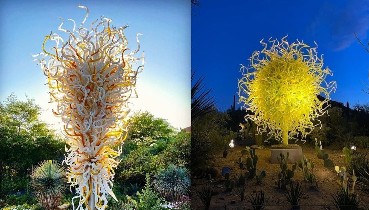 Marvel at the Radiant Flora Surviving in the Heart of the Arid Wilderness
Marvel at the Radiant Flora Surviving in the Heart of the Arid Wilderness  The wire-tailed manakin (Pipra filicauda) is a species of bird in the family Pipridae.
The wire-tailed manakin (Pipra filicauda) is a species of bird in the family Pipridae.